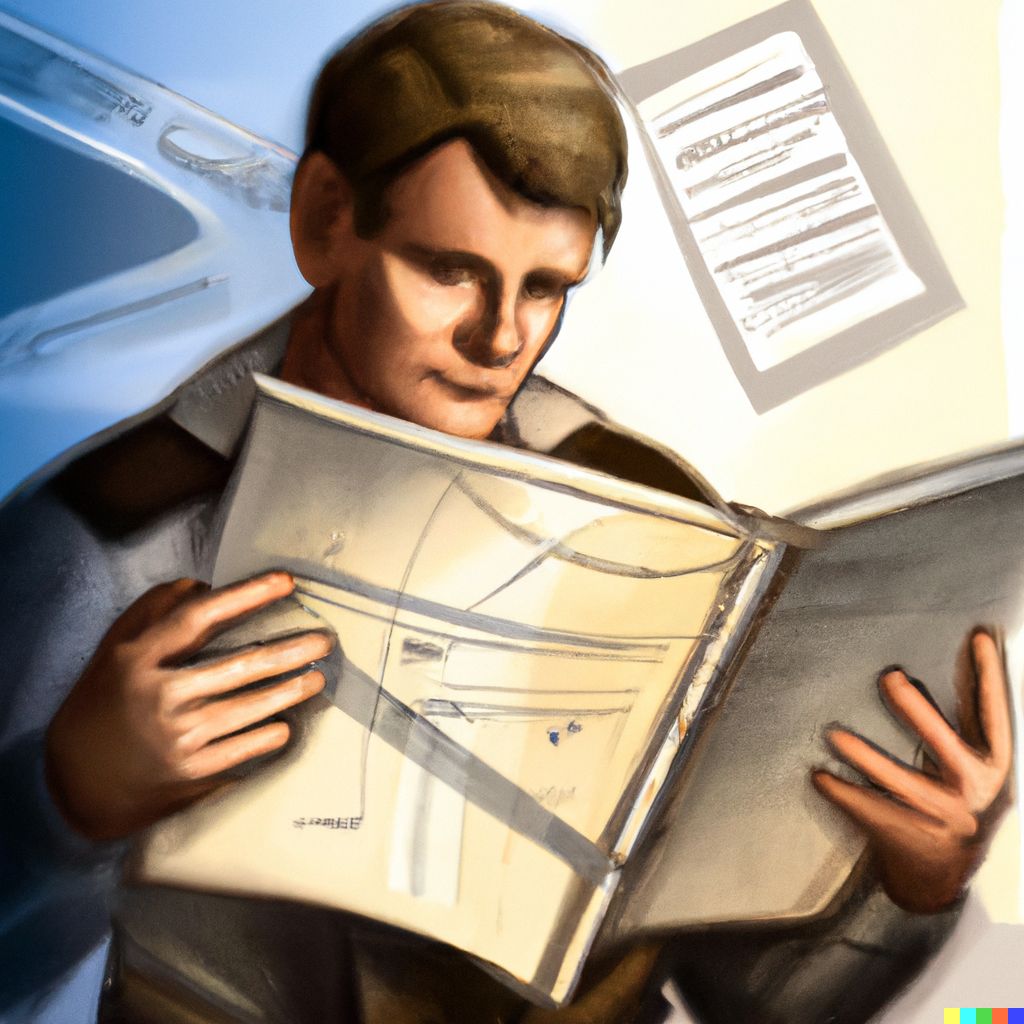Deciphering Part 61 and Part 141 Pilot Training - A Comparative Study
Alexander Kellerson

Welcome to Deciphering Part 61 and Part 141 Pilot Training - A Comparative Study. This article will provide a comprehensive analysis of two major types of pilot training: Part 61 and Part 141. These training programs are often misunderstood, so our purpose is to elucidate the nuances of each. We will delve into their structures, instructional methodologies, the time and cost implications of each, and their impacts on certification and future career opportunities. By the end of this informative read, you will be equipped with the knowledge to make an informed decision about the path that suits your aviation aspirations the best. Buckle up and enjoy the ride!
Part 61 Training Overview
Diving into Part 61 training, it is primarily self-paced, making it a popular choice for those with busy schedules or those who prefer to learn at their own rhythm. The flexibility of this training allows for the customization of lessons to fit the individual's learning style and pace, fostering a strong foundational understanding of aviation. However, it's important to note that the onus of progress is largely on the student, requiring a high degree of self-discipline and commitment. This form of training while quite flexible, is not devoid of rigorous standards, as students must meet all Federal Aviation Administration (FAA) requirements to earn their certification.
Part 141 Training Overview
Diving into Part 141 training, this type offers a more structured approach compared to Part 61. The Federal Aviation Administration (FAA) approves all curriculum under Part 141, ensuring comprehensive and high-quality training. The training follows a set syllabus and a strict schedule, which may benefit students who prefer a more organized method of learning. Moreover, Part 141 typically requires fewer flight hours for certification, making it a time-efficient choice for aspiring pilots.
Structural Differences
The structural differences between Part 61 and Part 141 pilot training programs are significant and worth noting. Part 61 is more flexible, allowing students to progress at their own pace and schedule, making it ideal for those juggling commitments. On the contrary, Part 141 is a more structured and rigorous program, with a defined syllabus and minimum hours, which often leads to quicker certification. Therefore, your choice between the two largely depends on your personal circumstances, learning style, and career aspirations.
Instructional Methodologies
Instructional methodologies form a notable distinction between Part 61 and Part 141 pilot training. Part 61 offers flexible, self-paced instruction, making it ideal for individuals who need to balance training with their daily schedules. On the other hand, Part 141 involves structured, syllabus-based training, ensuring a comprehensive and systematic approach towards learning. This structure typically enables students to complete their training in fewer flight hours. Both methods have their unique advantages, and the choice largely depends on individual learning preferences and circumstances.
Time and Cost Analysis
In evaluating the time and cost elements, Part 61 training offers a flexibility that can potentially speed up your training process, but this largely depends on your dedication and availability. On the other hand, Part 141 training, while more structured and rigorous, can often be more cost-effective due to its streamlined, FAA-approved syllabus. However, it's essential to note that the total cost will invariably depend on a variety of factors, including individual aptitude, the frequency of lessons, and the pricing structure of the chosen flight school. Balancing time commitment and financial investment is key in making the best decision for your unique pilot training journey.
Certification and Career Impacts
Delving into the certification and career impacts, it's vital to realize that both Part 61 and Part 141 training can yield the same commercial pilot license. However, Part 141 training is often seen as more structured and comprehensive, potentially making it more appealing to airlines. On the flip side, Part 61 allows for more flexibility, which may be ideal for aspiring pilots with tight schedules or those seeking personalized instruction. Ultimately, the choice between Part 61 and Part 141 may impact not just your training journey, but also your career trajectory in the aviation industry.
Final Thoughts on Choosing between Part 61 and Part 141 Pilot Training
In conclusion, both Part 61 and Part 141 pilot training programs hold unique advantages and cater to different learning styles. The choice between the two often boils down to your personal training preferences, time commitment, and career objectives. While Part 61 offers flexibility, independence, and self-paced learning, Part 141 provides a more structured, rigorous, and standardized curriculum. The instructional methodologies vary, impacting the time and cost of training. However, both paths lead to FAA certification, enabling successful trainees to embark on rewarding aviation careers. As we have explored each aspect, it is evident that understanding these differences is vital in making an informed decision about your pilot training journey. Here's to a smooth flight towards your aviation dreams!












